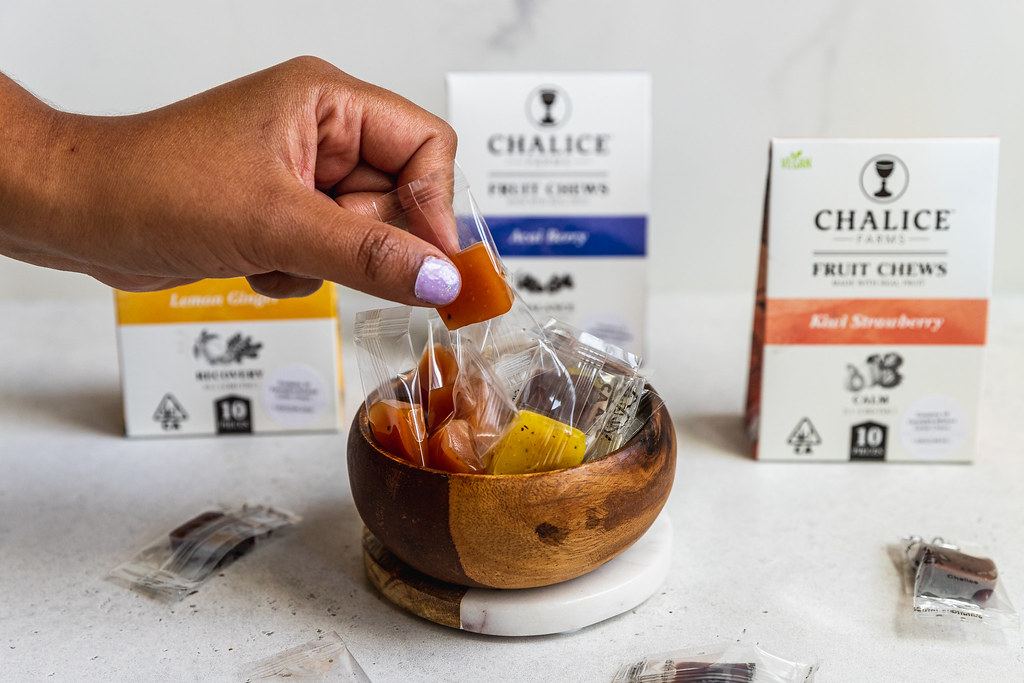Cannabis, a subject of much debate and discussion, has piqued the curiosity of people worldwide. Beyond its controversial reputation, there’s a fascinating botanical aspect to cannabis that often goes unnoticed. In this article, we aim to unravel the mystery surrounding the question: Is cannabis a fruit? We’ll navigate through the intricate world of botany to provide you with a comprehensive understanding of this remarkable plant.
The Basics: What is Cannabis?
To embark on our journey of discovery, let’s first understand the fundamental nature of cannabis.
Cannabis: A Plant with Many Faces
Cannabis, scientifically known as Cannabis sativa, is a versatile plant with a rich history of human interaction. It’s renowned for its psychoactive properties, but its botanical characteristics often remain overshadowed.

Is Cannabis a Fruit?
Now, let’s address the central question of our discussion: Is cannabis a fruit?
The Botanical Classification
Cannabis belongs to the Cannabaceae family, which includes several other plants, such as hops. Botanically speaking, cannabis produces small, inconspicuous flowers. These flowers can be either male or female, and it’s the female flowers that are of particular interest to enthusiasts and cultivators.
Fruit Formation
To determine if cannabis is a fruit, we need to examine the life cycle of the plant. After successful pollination, female cannabis plants produce seeds enclosed within a protective structure. This structure, known as a seedpod, is what we typically refer to as a fruit in botanical terms.
So, yes, according to botanical definitions, cannabis does produce fruit in the form of seedpods. However, these fruiting structures are quite different from the juicy, colorful fruits we encounter in the supermarket.
Understanding Cannabis Seedpods
Now that we’ve established that cannabis does produce fruit, let’s dive deeper into the anatomy and significance of these seedpods.
Anatomy of Cannabis Seedpods
Cannabis seedpods are small, tear-shaped structures that house the seeds. They are not your typical fruits like apples or oranges. Instead, they are more akin to the papery husks surrounding sunflower seeds. These seedpods serve a crucial role in the plant’s reproductive cycle.
The Role of Cannabis Seedpods
The primary function of cannabis seedpods is to protect and nourish the seeds. When the plant is ready for reproduction, these seedpods open up, allowing the seeds to disperse and potentially germinate elsewhere. It’s a clever mechanism designed by nature to ensure the survival of the species.

FAQs About Cannabis as a Fruit
- Are cannabis seedpods edible? No, cannabis seedpods are not edible and do not have the same nutritional value as traditional fruits.
- Do all cannabis plants produce seedpods? Yes, in the absence of male plants, female cannabis plants can produce seedpods through a process called parthenocarpy.
- Can cannabis seedpods be used for cultivation? Yes, cannabis seedpods can be harvested and used for cultivation if you’re looking to grow new cannabis plants.
- Do cannabis seedpods have any medicinal properties? While the seedpods themselves are not typically used for medicinal purposes, other parts of the cannabis plant, like the leaves and flowers, are valued for their medicinal properties.
- Are there different types of cannabis seedpods? Yes, there can be variations in the appearance and size of cannabis seedpods depending on the strain and environmental factors.
- Can cannabis seedpods be used in cooking or baking? Cannabis seedpods are not commonly used in cooking or baking. The seeds themselves, however, can be used in various culinary applications.
The Versatility of Cannabis
Beyond its classification as a fruit, cannabis boasts a remarkable versatility that extends far beyond its controversial reputation.
Medicinal and Therapeutic Uses
Cannabis has been used for centuries for its potential medicinal benefits. Compounds like CBD and THC, found in cannabis, have shown promise in treating various medical conditions, including pain, anxiety, and epilepsy.
Industrial Applications
Hemp, a variety of cannabis, is renowned for its industrial applications. Hemp fibers are used in textiles, and hemp seeds are a nutritious food source. This underscores the plant’s multifaceted nature.
Recreational and Cultural Significance
Cannabis has also played a significant role in cultural and recreational practices worldwide. From its use in religious ceremonies to its recreational consumption, cannabis has left an indelible mark on human history.
Conclusion
In conclusion, the question “Is cannabis a fruit?” can be answered with a qualified yes. While cannabis does produce seedpods that serve as its fruits in botanical terms, they are quite different from the fruits we commonly consume. This botanical perspective adds an intriguing layer to our understanding of this complex and versatile plant.
As we continue to explore the multifaceted world of cannabis, it’s essential to approach the subject with an open mind and a willingness to learn. Whether you’re interested in its botanical aspects, its medicinal potential, or its cultural significance, cannabis continues to be a subject of fascination and study.
